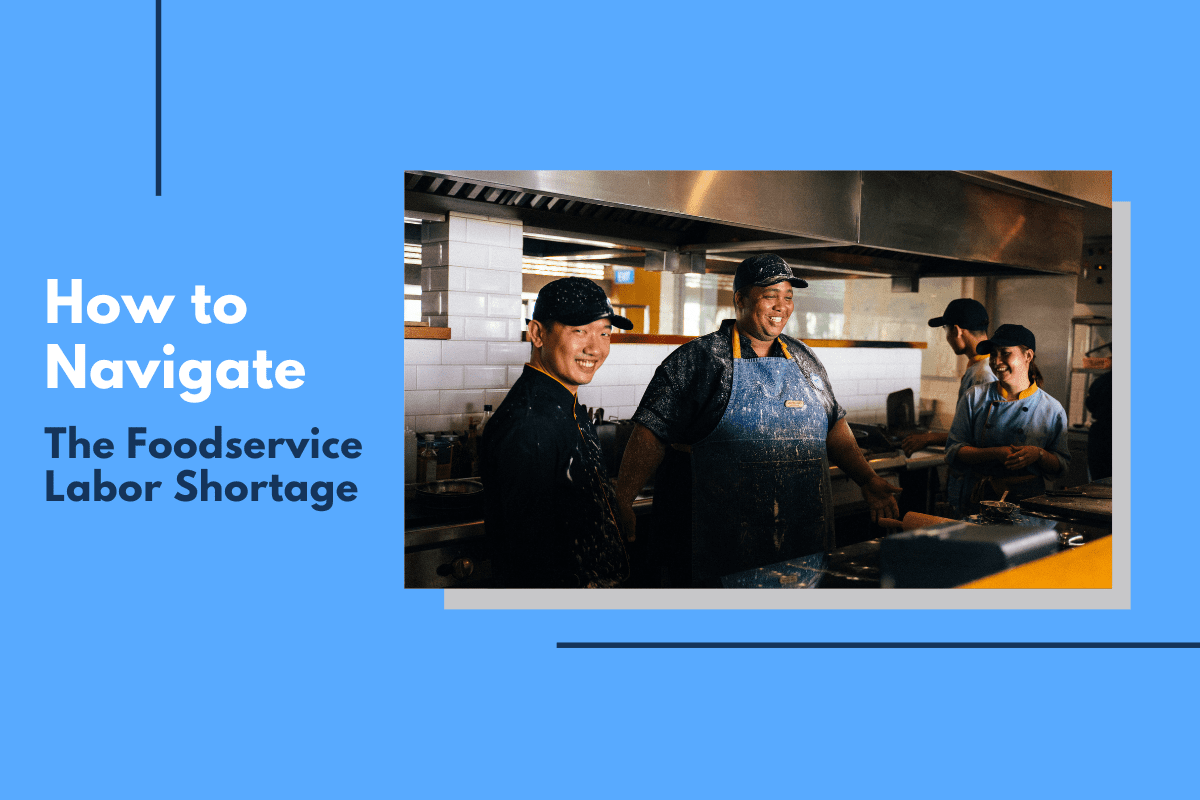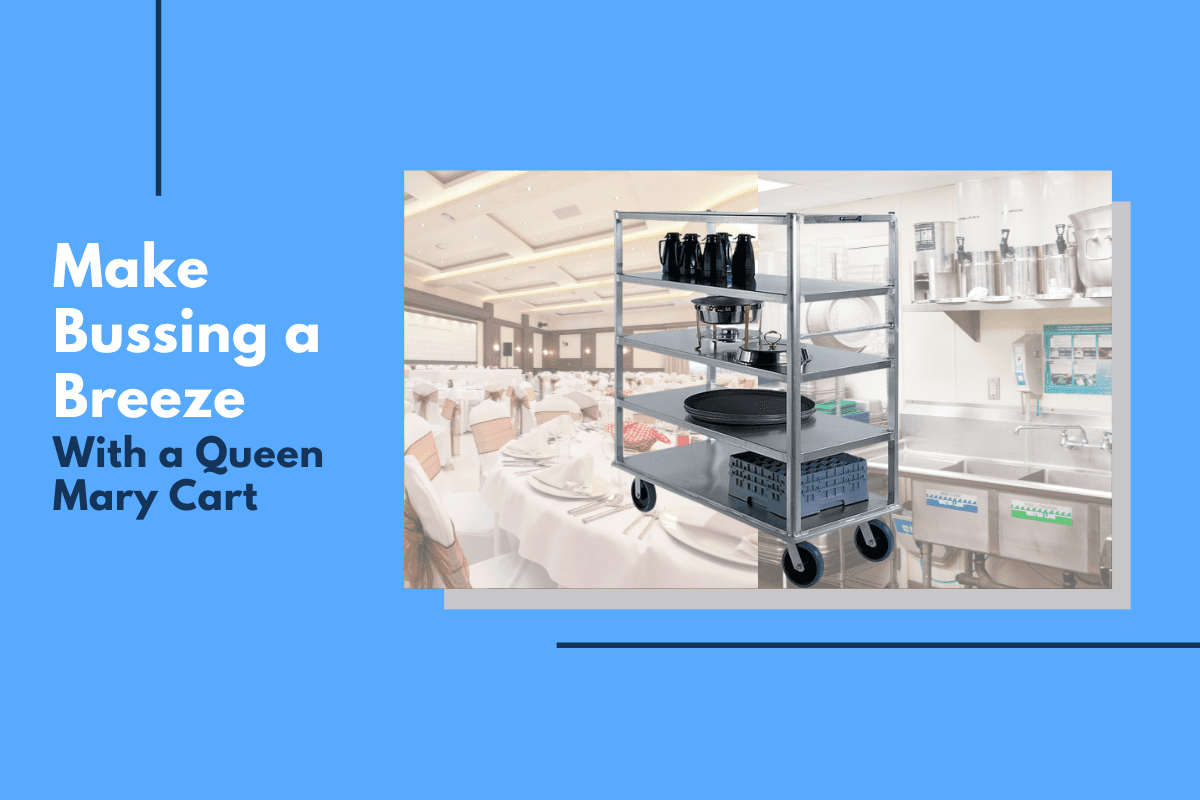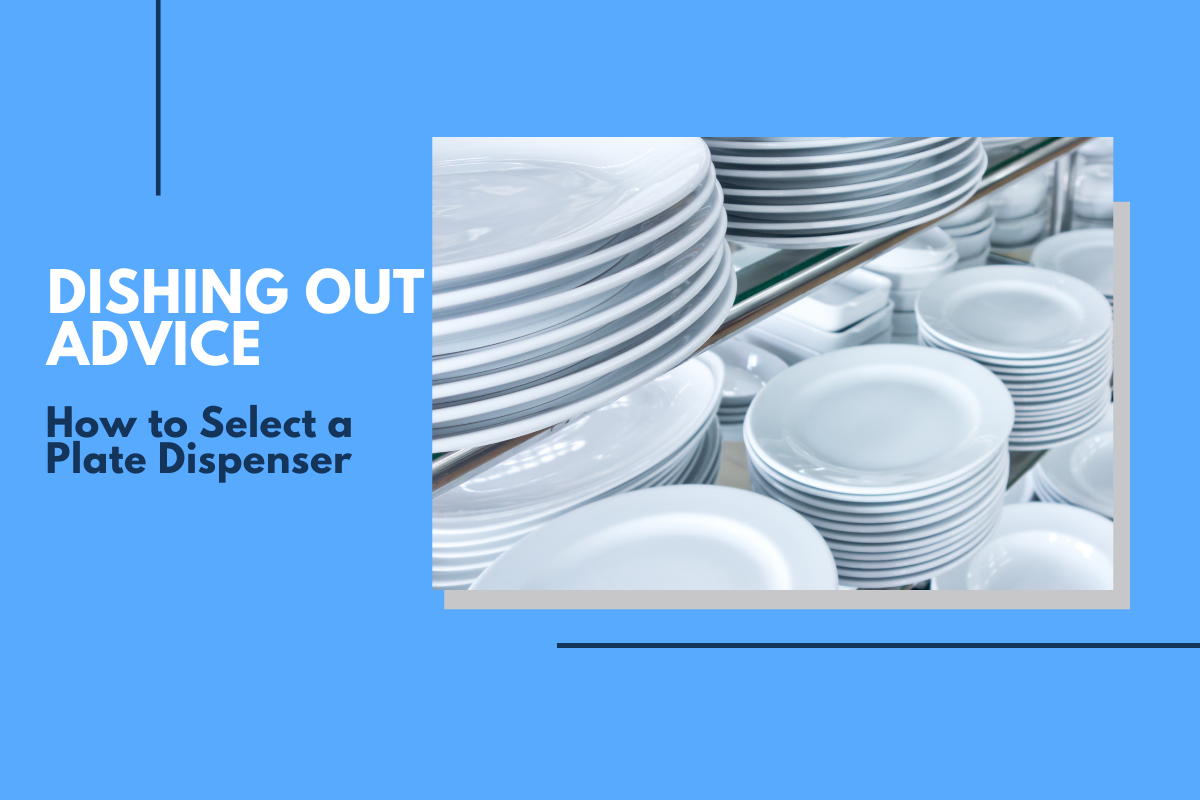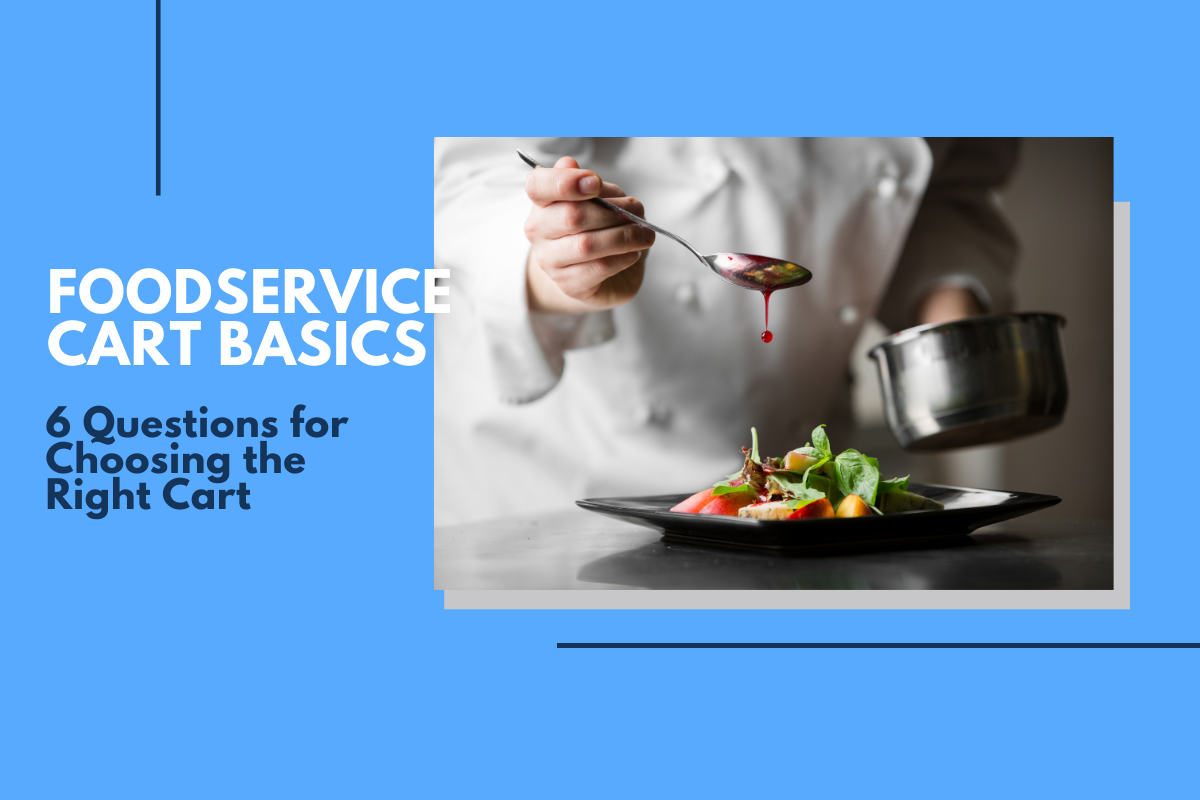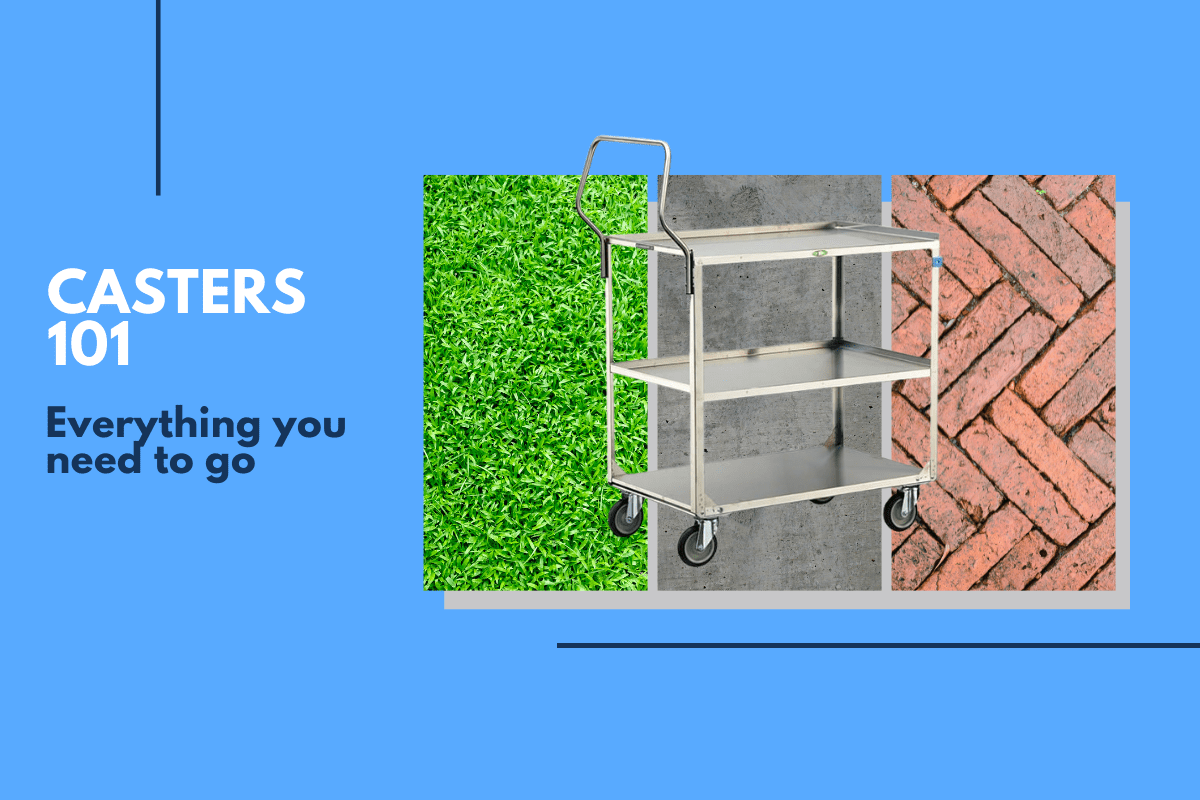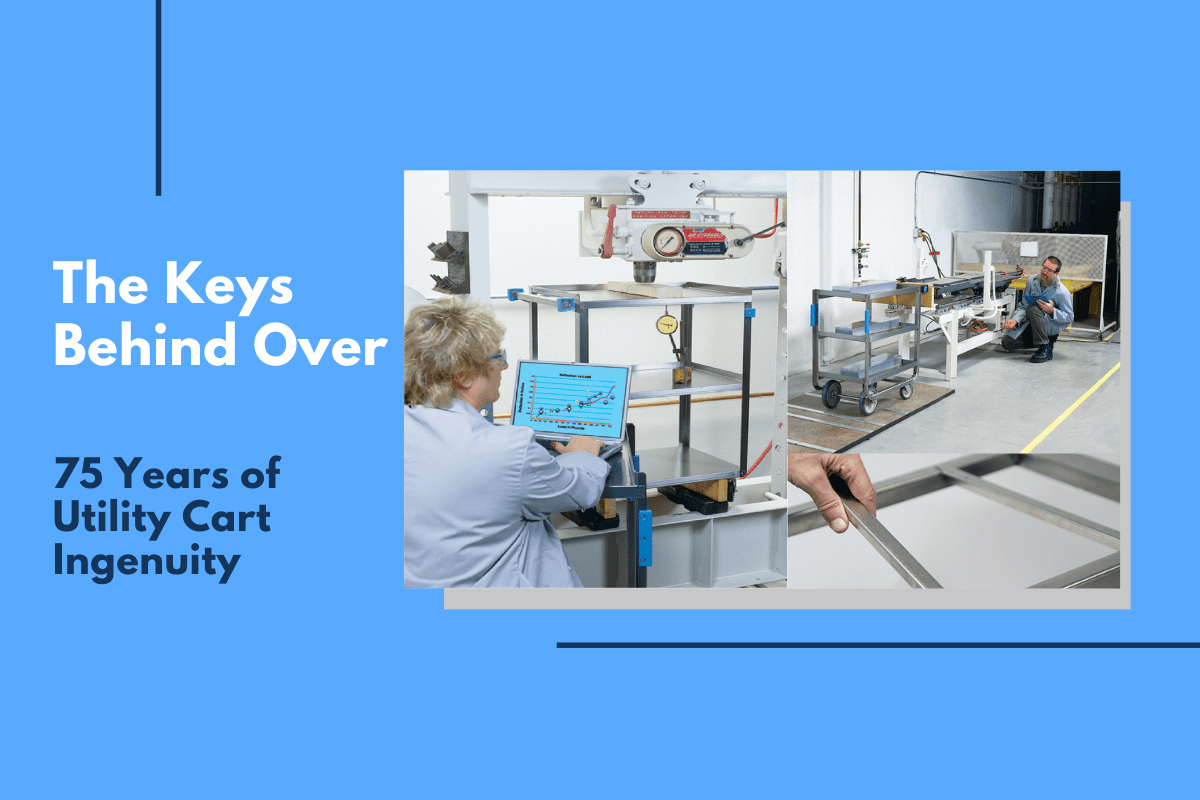
For OVER 75 years, Lakeside Manufacturing has been America’s first and still best-selling foodservice utility cart manufacturer. Not only did we pioneer the stainless steel utility cart, we’ve spent over seven decades perfecting every aspect of it. Simply put, it’s been an endless pursuit for perfection with our reps, dealers, and operators top of mind. We have constantly strived to give them the best as they expect from us. So, what pushes Lakeside carts ahead of the pack? Constant evolution.
For many, it’d be rather difficult to envision that our first ever product was a wooden BBQ grill cart in 1946, and it wasn’t until two years later we debuted the classic Lakeside 311 stainless steel utility cart. In 1950, the 311 won the Museum of Modern Art Award for Design, and has since become a timeless piece of ingenuity on wheels. To this day, the 311 remains a staple on our line of products. So, why has this cart and its product family members been consistently reliable to operators around the country for all these years?
At Lakeside, it’s simple. There are reasons and stories behind everything we manufacture and they’ve helped us refine our products to be the best in the industry. Through our determination to learn from our mistakes, unsuccessful trials, and can’t dos, our team has always found ways to raise the bar to new heights. In this blog, we’ll highlight the keys to what makes our utility carts ultra durable, extensively customizable, and conveniently selectable.
Dedication to Durability
At Lakeside, it’s been our duty to make sure that each one of our foodservice carts on wheels is reinforced with rugged stainless steel. That’s why we developed our helpful and always accessible durability index. Now you might be asking yourself, what is a durability index and how can it benefit my operation? This rating is derived from load capacity, intended use, work environment, and projected hours of service in order to help find you the correct utility cart for your needs. When looking for that perfect Lakeside cart, you will need to be asking yourself all of these questions. You can also take our load capacity quiz here to find your ideal cart.
One of our keys to the success of our foodservice carts on wheels is our endless selection of weight capacities. We offer five different weight capacities to fit the needs of any sized load. Below, you’ll see an overview of what each can do for you.
Standard Duty
Can haul up to 300 pounds. Standard duty utility carts are ideal for dining area bussing, set-up tray and soiled dish station, and transporting light loads. These utility carts work best for smooth and vinyl tile floors as well as smooth indoor concrete. Standard duty utility carts by Lakeside shouldn’t be used for more than 3 hours per day.
Medium Duty
Ideal for transporting moderate loads no more than 500 pounds. Medium duty foodservice carts on wheels by Lakeside are ideal for the same types of tasks and floor surfaces as standard duty models. Medium duty utility carts shouldn’t be used for more than 4-9 hours per day.
Heavy Duty
These tough utility carts can receive goods, move loads for ware-washing and can transport items up to 700 pounds! Heavy duty Lakeside carts move well over vinyl and ceramic tile floors, carpet, and indoor concrete. They shouldn’t be used for more than 9-12 hours per day.
Tough Transport
Tough transport utility carts make receiving dock and storage room loads up to 1,000 pounds a breeze. These foodservice carts on wheels can transport with ease across uneven tile floors, thresholds, and elevators. These rugged utility carts shouldn’t be used for more than 10-18 hours per day.
Extreme Duty
They don’t come tougher than extreme duty utility carts by Lakeside. These foodservice carts on wheels can carry loads up to 1,500 pounds in casinos and correctional facilities. Extreme duty Lakeside carts can transition across uneven tile floors with ease. They shouldn’t be used for more than 24 hours per day.
More Than 10,000 Custom Configurations
Since 1945, we have learned that many operators want exactly what they want. In other words, a high-quality product tailored to their exacting specifications. For example, is there a utility cart that you need, but it doesn’t have big enough casters? What about a foodservice cart on wheels that doesn’t have bumpers on all four of its corners? We understand the importance of ROI and that a utility cart must deliver outstanding value.
By listening and working with people like you, no design is impossible to achieve. Our utility carts are able to be modified with numerous shelf sizes, caster types, bumper styles, and materials. This is one of the ways we’ve been able to accelerate the development of our stainless steel Lakeside carts, and continuation of perfecting our craft. Our seemingly endless variations and feature combinations will satisfy your every need!
Industry Leading Ship Times
Convenience and timeliness are two words that can describe the shipping process of our Lakeside utility carts. We know that last second orders happen. We know how critical it could be for a foodservice cart on wheels to arrive on time, and we understand the convenience of a fully assembled and well packaged utility cart. Without sacrificing an ounce of quality, our industry leading ship times have remained a huge part of the Lakeside difference. Check out the high-quality results of this project that we were able to deliver in top-notch times when the equipment wasn’t one of our standard products.
Roughly 90 percent of our standard stainless steel utility carts ship in an average of three days or less. That often can’t be said for many other manufacturers’ lead times. Choosing the right utility cart for your operation should be a fun and easy journey. That’s why we make our ship times fast and convenient by guaranteeing 100 percent satisfaction.
As we continue to manufacture our trusty stainless steel utility carts, our drive and determination to enhance our craft will only continue to grow to new heights for the next seven decades. Our mission will always be to help you and your operation tackle tomorrow’s challenges and increase the strategic value of foodservice in your facility. With our rugged and reliable stainless steel utility carts, endless possibilities of success await. All of our Lakeside carts are proudly made in the USA! Experience the durability, reliability, and accessibility you’ve been searching for by speaking to a Lakeside cart expert today!














